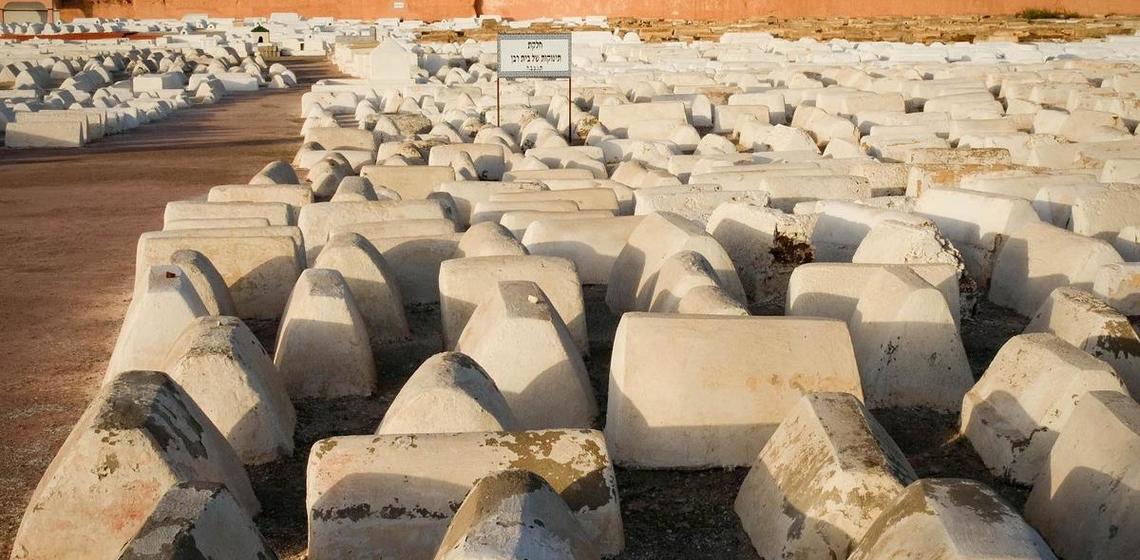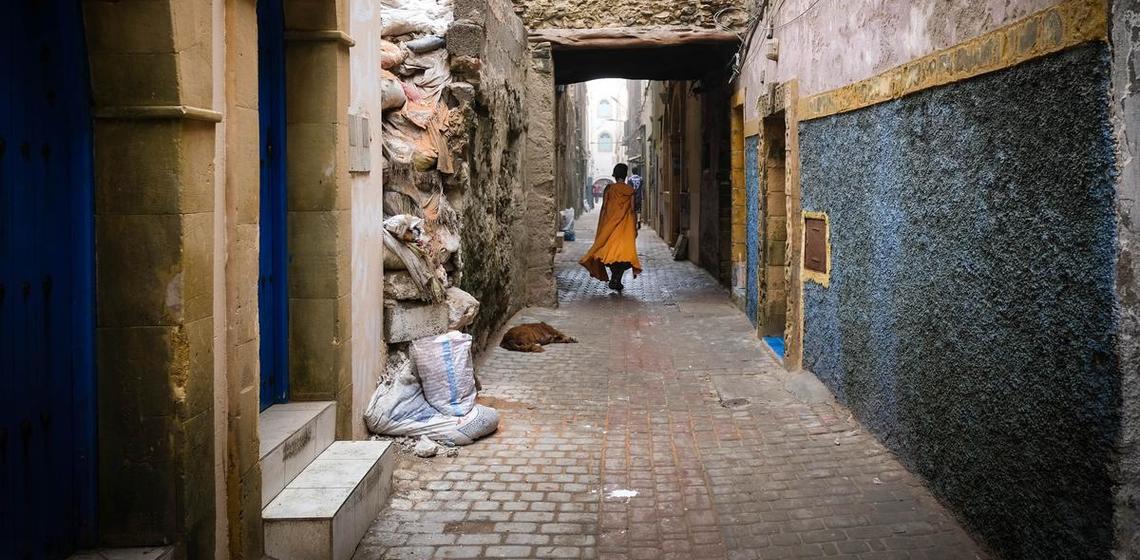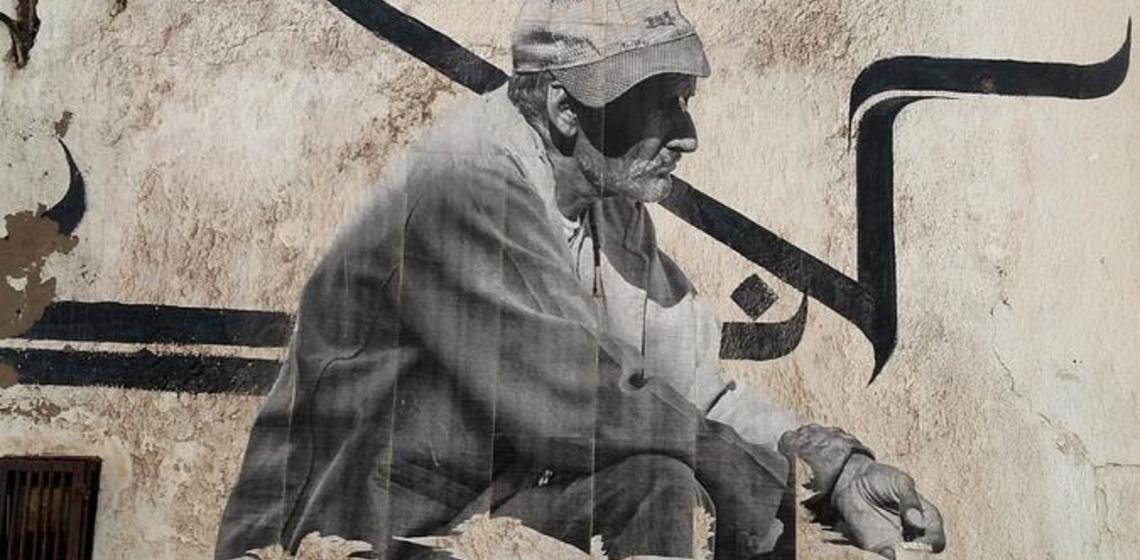Lesson Plans
DBQ: Reimagining Moroccan Cultural Identity
High School History-Social Studies
This set of lessons takes the form of a DBQ for an AP World History class. It requires students to analyze a number of types of sources and write an argument based on the evidence provided: Using specific examples, analyze the extent to which the Moroccan Constitution of 2011 has achieved its stated goals pertaining to the recognition of the various cultural identities within Morocco from the period 1956 CE to the present.
Student Lifestyles in Morocco and the United States: Data Literacy through Building Infographics
High School multiple subjects
This set of lessons on information literacy comes from a Library Media Specialist and would be suitable in a number of subject areas - or as an interdisciplinary project. The focus question is: How does daily life for teenagers in Morocco today compare with life for teens in the United States?
Jewish-Muslim Coexistence in the Islamic World: A Case Study of Morocco
Middle School History-Social Studies
This set of lessons is designed to be integrated into a multi-week World History unit on the origins of Islam and expansion of Islamic kingdoms and empires. Students explore both textual and visual evidence to learn about religious coexistence.
Literature of Liminality: Displacement, Diaspora, and Cultural Dialogue
High School ELA
This set of lessons is focused on Ruth Knafo Setton’s essay “Living Between Question Marks” and is a foundation for reading Haroun and the Sea of Stories. The focus questions are: How does the author communicate her cultural identity, and what rhetorical choices does she make to convey her message? What are the key concepts of critical race theory and postcolonial theory, and how are they relevant to understanding experiences of exile?
Jews & Muslims: Tolerance in Morocco
Middle School History-Social Studies or ELA
This set of lessons for middle school students explores the concept of religious tolerance using three types of sources. The lessons include a number of skill-building lessons and culminate with a short written assessment.
Democratic vs. Authoritarian Rule: Morocco Case Study
High School History-Social Studies
This lesson was designed for inclusion in an IB program. It uses a case study of Morocco as part of a larger year-long theme examining democracy and authoritarianism. Content-wise, it is designed to be situated in a longer unit on decolonization and post-colonial states in Africa.
Lessons on Tolerance
High School Social Studies elective
This set of lessons exploring the concept of religious tolerance was designed for a very introductory unit in a 9th grade elective on World Religions.

























